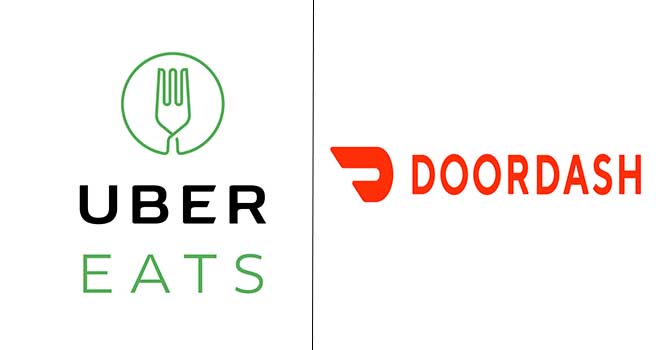Customers using popular food delivery apps such as Uber Eats and DoorDash in Seattle, Washington, will soon notice a surge in their bills as the Seattle City Council’s App-Based Worker Minimum Payment Ordinance takes effect. The legislation, aiming to elevate delivery drivers’ average hourly pay to over $26, has prompted the platforms to increase delivery fees, impacting consumers across the city and leading to concerns about potential business losses.

Photo from: SKI Sellata
Delivery Giants Respond to Fee Increases
Seattle’s recent implementation of the App-Based Worker Minimum Payment Ordinance has resulted in a significant change for food delivery service users. The ordinance, designed to uplift the income of delivery drivers, inadvertently triggers price hikes from major platforms like Uber Eats and DoorDash.
Uber Eats and DoorDash swiftly responded to the new law, emphasizing the necessity to adjust prices to maintain operational viability. An Uber spokesperson noted the considerable impact, stating that the fee adjustments more than double what consumers will pay, potentially leading to a decline in orders for businesses and fewer opportunities for delivery workers.
Expressing concerns about the potential fallout, DoorDash voiced apprehensions over the broader effects on the community. The company, while acknowledging the well-intentioned nature of the policy changes, warned that the adjustments could adversely affect not only consumers but also Dashers, merchants, and the entire delivery ecosystem.
READ ALSO: No Mail Relief Today: Government Checks Delayed For Americans Seeking Rebates And Stimulus
Regional Disparities in Fast Food Costs
Seattle isn’t the sole location facing changes in response to worker-focused legislation. The impending $20 minimum wage for fast food workers in California, set to take effect in April, has already prompted major restaurant chains like McDonald’s, Chipotle, and BJ’s Restaurants to announce price hikes in anticipation of increased labor costs.
Beyond legislative impacts, regional disparities play a role in the varying costs of fast food. A recent report by NetCredit highlighted that Americans in Alaska pay 18.7% more than the national average for fast food, while Texans enjoy prices 9.58% lower than average. Location-based differences persist, influencing the overall expense of fast food for consumers.
READ ALSO: Costco Controversy: Membership Card Melee Causes Shopper Uproar!
















































